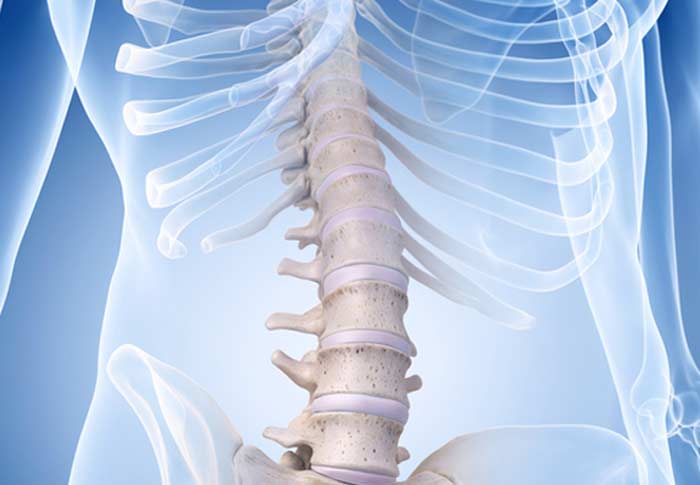
Sacroiliac joint pain can cause a real disruption in your quality of life.
The sacroiliac, or SI, joint is located in the pelvis. There is one on either side of the body, between the sacrum, in the spine, and the ilium, in the pelvis.
The SI joint is responsible for flexibility in the pelvis and can lead to back pain due to injury or wear. Sacroiliac joint pain is often mistaken for hip or back pain.
Symptoms
Sacroiliac pain typically starts as pain in the lower back or buttock. It often only involves one side, although both sides can be affected. The pain may radiate into the groin, lower hip area, or upper thigh. It may also cause tingling, numbness, or weakness in the leg.
Patients may notice a worsening of symptoms when climbing stairs, walking, sitting, or standing. It can be uncomfortable to sleep on the affected side. Often, transitional activities, such as moving from sitting to standing, cause pain.


Causes
There are a variety of things that can lead to pain in the SI joint. Injury, such as from a fall or automobile accident, or pregnancy can cause this issue. It can also develop after hip or spinal surgery. When the SI joint does not move equally on either side it often leads to pain.
Treatment
Non-steroidal anti-inflammatory medication is the first line of treatment against SI joint pain. This often alleviates the pain enough that the patient can undergo physical therapy. There is a belt available for individuals experiencing SI pain that supports the joint and can ease the pain.
If the SI joint pain does not improve, the patient may undergo steroid injections into the joint. These injections reduce inflammation in the joint, which eases the pain. An option for longer-term pain relief is radiofrequency ablation. In this procedure, nerves that feed into the SI joint are cauterized, which stops the pain signals from traveling to the brain. It takes 6 to 8 weeks to receive the full benefits of radiofrequency ablation, however, it is an effective way to treat SI joint pain without surgery.
Surgical treatment is only recommended after other treatments have been tried. The surgical method used is to fuse the sacrum and ilium together, eliminating the flexibility in the pelvis. The patient can typically return home the same day as the surgery. They cannot bear weight on the side that was fused for several weeks after surgery and will be required to use crutches.
Outlook
Once the SI joint pain is under control, it is important to make some lifestyle changes to prevent its reoccurrence. Using proper lifting techniques and an ergonomic work environment are vital to long-term SI joint health. In addition, use proper posture when standing, moving, sitting and even sleeping. Maintain a healthy weight to prevent unnecessary stress on the joints. Implement a regular exercise program, including both stretching and strengthening exercises.
It is important to see a doctor about pain that lingers in your lower back, hip, or buttocks. This pain is too often dismissed as a typical part of aging, but it is highly treatable with intervention from a healthcare professional.
